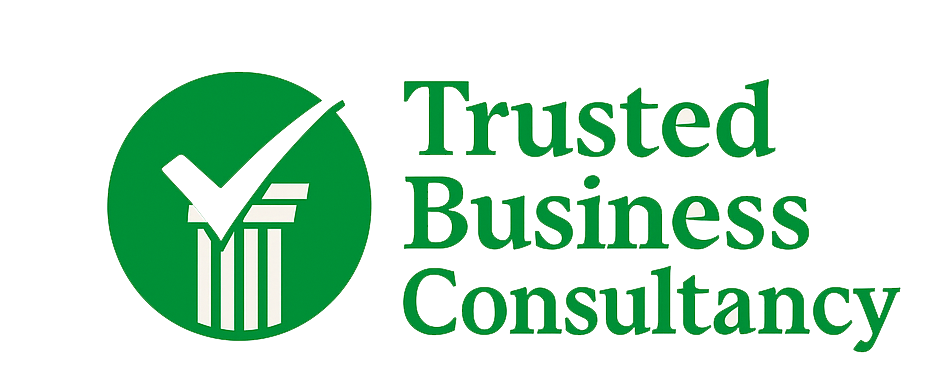Business Performance Improvement: 7 Data-Backed Strategies to Maximize Efficiency & Profits
In today’s hyper-competitive market, Business Performance Improvement (BPI) isn’t just a buzzword—it’s a survival strategy. Companies that fail to optimize operations risk losing market share, profitability, and relevance. But what separates businesses that thrive from those that stagnate? The answer lies in data-driven strategies that target inefficiencies, empower teams, and align every process with bottom-line growth.
This guide dives into 7 actionable BPI strategies, complete with real-world examples, KPIs, and tools to help you transform your business.
Why Business Performance Improvement Matters
-
Companies with strong BPI programs achieve 30% higher operational efficiency (McKinsey).
-
Organizations using data-driven BPI strategies report 25% faster decision-making (Gartner).
-
83% of CEOs say operational excellence is critical to long-term success (PwC).
But BPI isn’t just about fixing broken processes—it’s about building a culture of continuous improvement. Let’s break down how to do it.
1. Start with a Holistic Performance Audit
The Problem: Most businesses focus on isolated issues (e.g., slow production) without seeing the bigger picture.
The Fix: Conduct a 360-degree assessment using these metrics:
| Area | Key KPIs | Tools |
|---|---|---|
| Operations | OEE (Overall Equipment Effectiveness), Cycle Time | Siemens Opcenter, Fishbone Diagrams |
| Finance | ROIC (Return on Invested Capital), EBITDA Margin | QuickBooks, SAP Analytics |
| Employee | Labor Productivity, eNPS (Employee Net Promoter Score) | BambooHR, Lattice |
| Customer | NPS (Net Promoter Score), Churn Rate | SurveyMonkey, Zendesk |
Case Study:
A manufacturing firm used value stream mapping to identify a 20% waste reduction in raw material handling, saving $1.8M annually.
2. Set SMART Goals That Align with Business Outcomes
Why It Works: SMART goals (Specific, Measurable, Achievable, Relevant, Time-bound) reduce ambiguity by 42% (Harvard Business Review).
Examples:
-
❌ Weak Goal: “Improve customer service.”
-
✅ SMART Goal: “Reduce average customer response time from 24hrs to 6hrs by Q3 using AI chatbots.”
Pro Tip: Use OKRs (Objectives and Key Results) to cascade goals across departments.
3. Optimize Processes with Lean Six Sigma
The Data: Lean Six Sigma adopters see 50% fewer defects and 30% faster delivery times (ASQ).
Step-by-Step Implementation:
1️⃣ Define: Identify bottlenecks (e.g., order fulfillment delays).
2️⃣ Measure: Collect cycle time data.
3️⃣ Analyze: Use Pareto charts to pinpoint top inefficiencies.
4️⃣ Improve: Redesign workflows (e.g., automate inventory reordering).
5️⃣ Control: Monitor with real-time dashboards.
Tools:
-
Minitab (statistical analysis)
-
Lucidchart (process mapping)
-
LeanKit (Kanban boards)
4. Leverage Technology for Scalable Growth
Top Tech Investments for BPI:
| Technology | Impact | Example |
|---|---|---|
| RPA (Robotic Process Automation) | Reduces manual tasks by 70% | UiPath automating invoice processing |
| AI-Powered Analytics | Boosts forecast accuracy by 90% | IBM Watson predicting demand spikes |
| Cloud ERP Systems | Cuts IT costs by 40% | NetSuite streamlining supply chains |
Warning: Avoid “shiny object syndrome”—align tech with specific KPIs.
5. Empower Employees with Performance Analytics
The Data: Teams with access to real-time performance data are 3x more productive (MIT).
How to Implement:
-
Deploy employee dashboards showing individual/team metrics.
-
Use gamification (e.g., sales leaderboards) to drive engagement.
-
Train managers on data-driven coaching (e.g., Spotio for sales teams).
Success Story:
A retail chain used gamified KPIs to increase sales per employee by 18% in 6 months.
6. Turn Customer Feedback into Actionable Insights
The Goldmine: 89% of customers switch brands after a poor experience (Salesforce).
BPI Tactics:
1️⃣ Sentiment Analysis: Use tools like MonkeyLearn to analyze reviews.
2️⃣ Root Cause Analysis: Fix recurring complaints (e.g., slow shipping).
3️⃣ Closed-Loop Feedback: Notify customers when issues are resolved.
Example:
A SaaS company reduced churn by 22% by acting on NPS feedback about onboarding complexity.
7. Monitor Progress with Agile Performance Reviews
The Problem: Annual reviews fail to catch issues early.
The Fix:
-
Weekly Sprint Reviews: Track BPI initiatives in 15-minute team huddles.
-
Monthly KPI Health Checks: Use red/amber/green scoring for critical metrics.
-
Quarterly Audits: Reassess goals using tools like Google Looker Studio.
BPI vs. Quality/Process Improvement: What’s the Difference?
| Aspect | Business Performance Improvement | Quality Improvement | Process Improvement |
|---|---|---|---|
| Scope | Organization-wide | Product/service quality | Specific workflows |
| Focus | Efficiency, profitability, culture | Defect reduction | Task optimization |
| Tools | Balanced Scorecard, OKRs | Six Sigma, TQM | Value Stream Mapping |
Your 90-Day BPI Roadmap
| Phase | Actions | Outcome |
|---|---|---|
| Weeks 1-4 | Conduct audits, set SMART goals | Clear priority list |
| Weeks 5-8 | Pilot 1-2 high-impact initiatives (e.g., Lean Six Sigma) | Quick wins to build momentum |
| Weeks 9-12 | Scale successes, train teams | Sustainable culture of improvement |
Need Expert Help Accelerating Your BPI Journey?
Implementing these strategies requires expertise in data analytics, change management, and operational optimization.
Schedule a Consultation to build a tailored BPI plan for your business.

